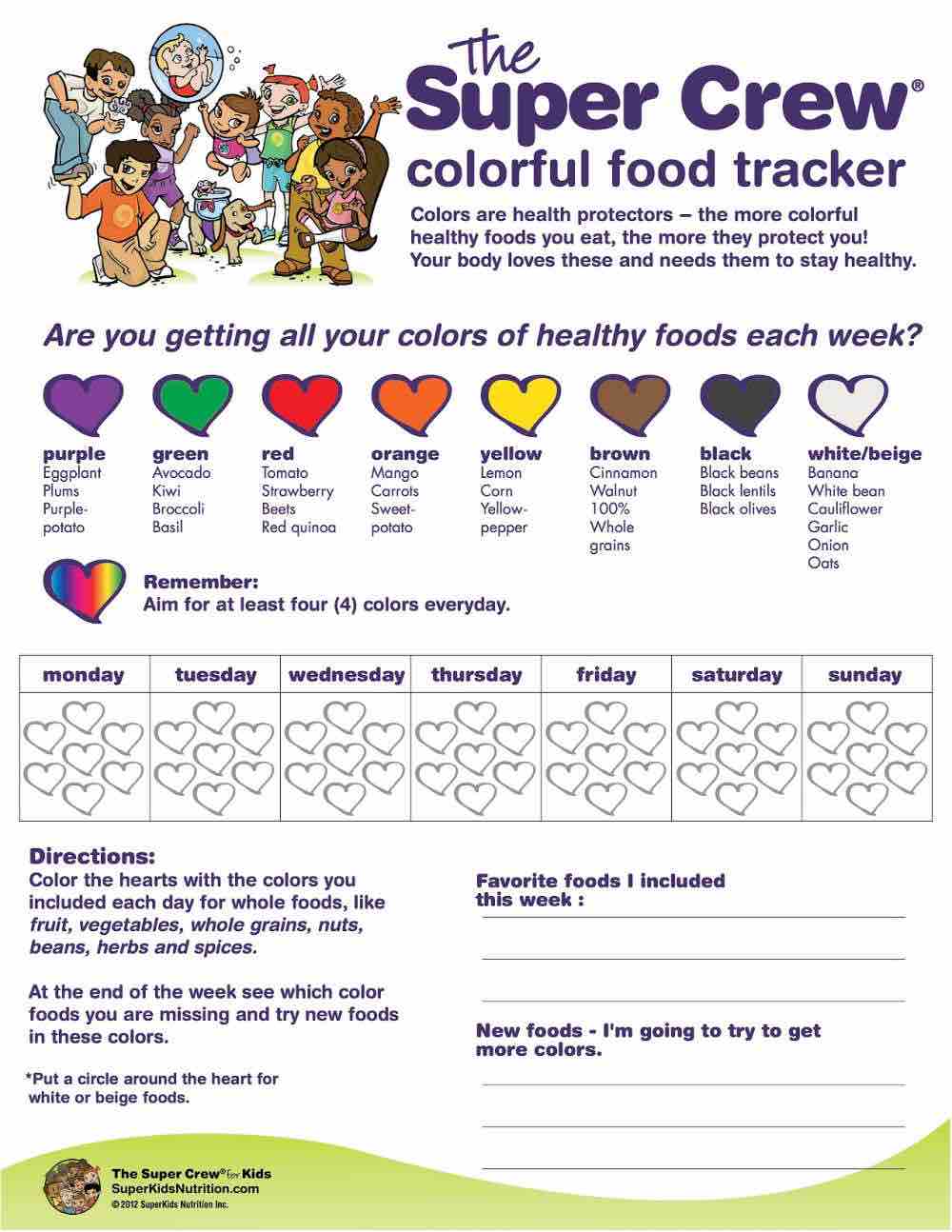
Orthorexia can lead in severe cases to social isolation, major life disruptions and even complete paralysis. Orthorexia can cause people to feel guilty about eating food that is not "good" or "bad." Malnutrition can result from these behaviors, which can cause heart problems and other health issues. It can also result in feelings of self-worth and shame. It is important to eat well, but it can make eating out difficult for someone with this disorder.
Orthorexia can lead to weight loss, malnutrition and severe dietary restrictions. Orthorexia can also impact a person's social life, and could lead to a negative body image. Orthorexia sufferers may become dependent upon their eating habits and deny themselves other important pursuits. It can cause social isolation if the disorder is not treated. Orthorexia sufferers who are obsessed with food can seek psychotherapy to treat their other mental disorders.

A person should seek professional help if they are experiencing orthorexia. The person should seek professional support immediately. A diet rich in fruits, vegetables, and protein is a common symptom of orthorexia. People suffering from the disorder are often afraid to eat certain foods and avoid certain foods out of fear of losing weight. However, this can lead to a lifetime of poor health. For those who are afraid of overeating, a therapist may be able to help them.
Orthorexia can cause severe separation from food for some people. They may not want to eat the foods that trigger this distress. If they are unable avoid the sight or smell of forbidden food, they may choose to withdraw to a different area. They may try to shut out people around them. If this happens, it is possible for them to become depressed and have more thought disturbances. If this isn't treated, the disorder can lead them to become isolated from others.
An orthorexia patient should seek medical treatment if they are experiencing difficulty eating. While orthorexia is not a recognised illness, it can still cause severe psychological and emotional problems. Recognizing the symptoms and seeking help is the first step towards recovery. You should seek professional advice if you are not able to identify the symptoms. Also, consider other symptoms such as an increase of body weight.

Orthorexia isn't a medical condition, but it can cause severe emotional and physical damage. It can have a negative impact on self-esteem, relationships, and social life. But with proper help, these conditions can be treated. Orthorexia can be treated by those who are able to return to a healthy diet, and continue living an active life. You should seek medical attention if you believe you may have the condition.
FAQ
What is the problem?
BMI stands for Body Mass Index, which is a measurement of body fat based on height and weight. The following formula is used to calculate BMI:
Add weight in kilograms to height in meters squared.
The result can be expressed as a number between zero and 25. A score of 18.5+ indicates that you are overweight. A score higher than 23 indicates that you are obese.
A person who weighs 100 kilograms and is 1.75m tall will have an BMI of 22.
Is cold an indication of a weaker immune system?
It's been said that there are two kinds of people in the world; those who love winter and those who hate it. You might wonder why you feel so miserable in the cold, no matter how much you love or hate winter.
The answer lies in the fact that our bodies are designed to function best during warm weather. In fact, we evolved to thrive in hot climates because that's where most of our food sources are located.
Today's environment is vastly different from the one our ancestors experienced. We spend a lot more time indoors, and are often exposed at extreme temperatures (cold and hot), and we eat processed foods over fresh.
Our bodies aren’t accustomed to such extremes. So, when we do venture outside, we often feel exhausted, sluggish, or even sick.
However, there are ways to counter these effects. Staying hydrated is one way to combat this. You can help flush toxins out of your body by drinking plenty of water.
A healthy diet is another important thing. The best way to maintain your body's optimal temperature is by eating nutritious food. This is particularly helpful for anyone who spends long periods of time inside.
You can also meditate for a few minutes every day. Meditation helps to calm your mind and body which can make it easier to deal stress and illness.
How do I find out what's best for me?
You need to listen to your body. Your body knows what you need when it comes time to eat, exercise, and get enough rest. You need to be aware of your body and not overdo it. Be aware of your body and do what you can to maintain good health.
What does it take to make an antibiotic work?
Antibiotics kill harmful bacteria. Antibiotics can be used to treat bacterial infection. There are many types and brands of antibiotics. Some are given orally, while some are injected. Other antibiotics are applied topically.
People who have been infected with certain germs may need antibiotics. One example is if someone has had chickenpox and wants to prevent shingles. Or, if someone has had strep throat, he or she might receive an injection of penicillin to help prevent pneumonia.
Doctors should prescribe antibiotics to children. Children are at greater risk of developing side effects from antibiotics than adults.
Diarrhea is one of the most common side effects of antibiotics. Other side effects possible include dizziness, nausea, vomiting, stomach cramps, dizziness and allergic reactions. These symptoms generally disappear once the treatment has finished.
What is the difference between a calorie or a kilocalorie.
Calories are units used to measure the amount of energy in food. The unit of measurement is called a calorie. One calorie equals one degree Celsius of energy to raise water temperature by 1 gram.
Kilocalories can also be used to refer to calories. Kilocalories equal one thousandth of a calorie. 1000 calories equals 1 kilocalorie.
How do I get enough vitamins for my body?
You can obtain most of your daily requirement through diet alone. However, if you are deficient in any particular vitamin, taking supplements can help. A multivitamin supplement can provide all the vitamins you require. You can also buy individual vitamins at your local pharmacy.
Talk to your doctor if you have concerns about your nutritional intake. You can find vitamins K and E in dark green leafy vegetable such as spinach, kale and turnip leaves, as well a variety of sweet potatoes and sweet potatoes.
Ask your doctor if you're not sure how many vitamins you should take. The doctor will determine the proper dosage based upon your medical history as well as your current health.
Why does weight change as we age?
How do you determine if your bodyweight is changing?
Weight loss happens when there is less muscle mass and more fat. This means that daily energy needs must be greater than the calories consumed. The most common cause of weight loss is decreased activity levels. You can also lose weight due to stress, illness, pregnancy, hormonal imbalances and certain medications. Weight gain occurs when there is more fat than muscle mass. It occurs when people consume more calories per day than they need. It can be caused by overeating or increased physical activity as well hormonal changes.
The primary reason we lose weight is that we consume less calories than what we burn. By exercising regularly, our metabolism rates increase which in turn burns more calories during the day. However, this doesn't mean that we'll necessarily get thinner; what matters is whether or not we're losing fat or gaining muscle. Weight loss is possible if you burn more calories than you consume. If we consume more calories that we burn, we are actually storing them in fat.
As we age, we become less agile and don't move as often. We also tend to eat less food than we did when we were younger. Also, we are more likely to gain weight. However, our muscle mass is more important than we realize and makes us appear larger.
It's not possible to measure how much weight your body has lost without weighing yourself every week. There are many ways you can measure your weight. You can measure your waist, hips and thighs as well as your arms. Some people prefer to use a bathroom scale while others prefer to measure with tape.
Track your progress by measuring your waistline and weighing yourself every week. You can also take pictures of yourself every few months to see how far you've come.
Online, you can find out your height and weight. If you are 5'10" tall, and you weigh 180 lbs, then you would probably weigh 180 lbs.
Statistics
- WHO recommends consuming less than 5% of total energy intake for additional health benefits. (who.int)
- nutrients.[17]X Research sourceWhole grains to try include: 100% whole wheat pasta and bread, brown rice, whole grain oats, farro, millet, quinoa, and barley. (wikihow.com)
- In both adults and children, the intake of free sugars should be reduced to less than 10% of total energy intake. (who.int)
- The Dietary Guidelines for Americans recommend keeping added sugar intake below 10% of your daily calorie intake, while the World Health Organization recommends slashing added sugars to 5% or less of your daily calories for optimal health (59Trusted (healthline.com)
External Links
How To
What does the term "vitamins" mean?
Vitamins are organic substances found naturally in food. Vitamins are necessary for us to absorb nutrients in the foods we consume. Vitamins cannot be made by the body; they must be taken from food.
There are two types if vitamins: water soluble, and fat soluble. Water-soluble vitamins dissolve quickly in water. These include vitamin C (thiamine), Vitamin B1 (riboflavin), Vitamin B2 (riboflavin), Vitamin B3 (niacin), Vitamin B6 (pyridoxine), Vitamin C, B1 (thiamine), Vitamin B2 (riboflavin), Vitamin B3 (niacin), and Vitamin B6 (pyridoxine). Fat soluble vitamins are stored in the liver and fatty tissue. Examples include vitamin D, E, K, A, and beta carotene.
Vitamins are classified according their biological activity. There are eight main groups of vitamins.
-
A - Vital for normal growth and maintaining good health.
-
C – essential for proper nerve function.
-
D – Essential for healthy teeth, bones and joints
-
E - Required for good vision & reproduction
-
K - Essential for healthy muscles and nerves.
-
P - Vital for strong bones and teeth.
-
Q - Aids in digestion and absorption.
-
R - Red blood cells are made from red blood cells.
The recommended daily allowance (RDA) of vitamins varies depending on age, gender, and physical condition. The U.S. Food and Drug Administration, (FDA), sets the RDA value.
For adults 19 years and over, the RDA of vitamin A is 400mg per day. However, pregnant women need 600 micrograms per day because it is important for fetal development. Children ages 1-8 require 900 micrograms per day. Children under 1 year old require 700 micrograms daily, while infants over one year old need 500 micrograms every day. This decreases between 9 and 12 months.
Children aged between 1-18 years require 800 micrograms of sugar per day, while overweight children need 1000 micrograms. Children who are underweight receive 1200 micrograms every day to meet their nutritional requirements.
Children 4-8 years old who have anemia must consume 2200 micrograms of Vitamin C daily.
2000 micrograms per person is necessary for general health. Mothers who are pregnant, nursing, or have a high nutrient need will require 3000 micrograms a day.
1500 micrograms is the recommended daily intake for adults aged 70+, who lose approximately 10% of muscle each year.
Women who are pregnant, nursing or breastfeeding need more than the RDA. Pregnant women require 4000 micrograms daily during pregnancy, and 2500 micrograms every day after birth. Breastfeeding mothers need 5000 micrograms per day when breast milk is being produced.